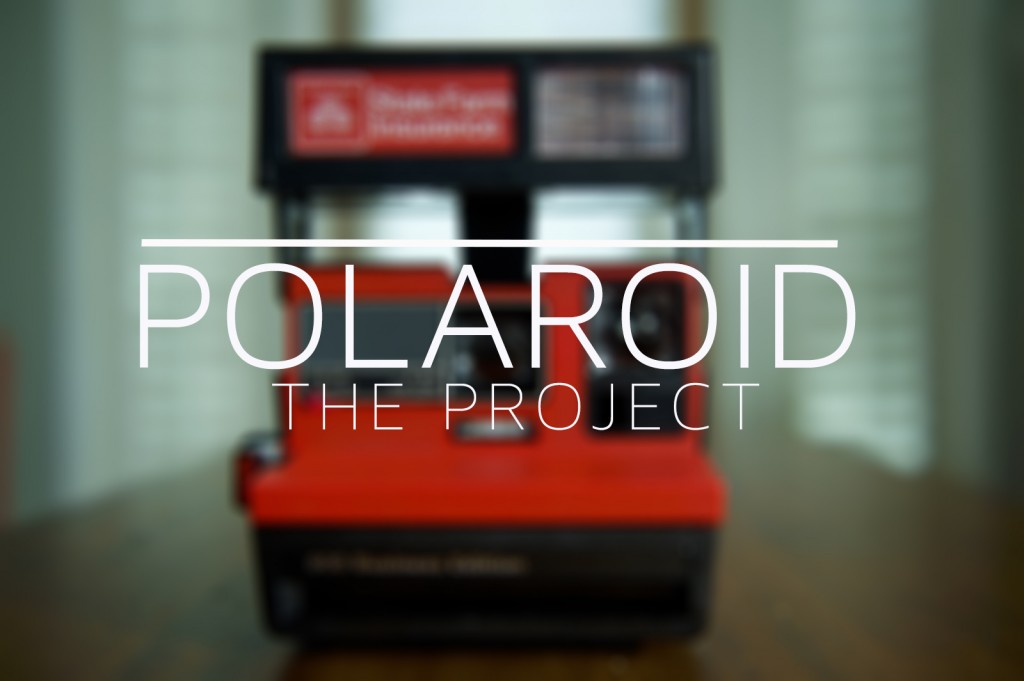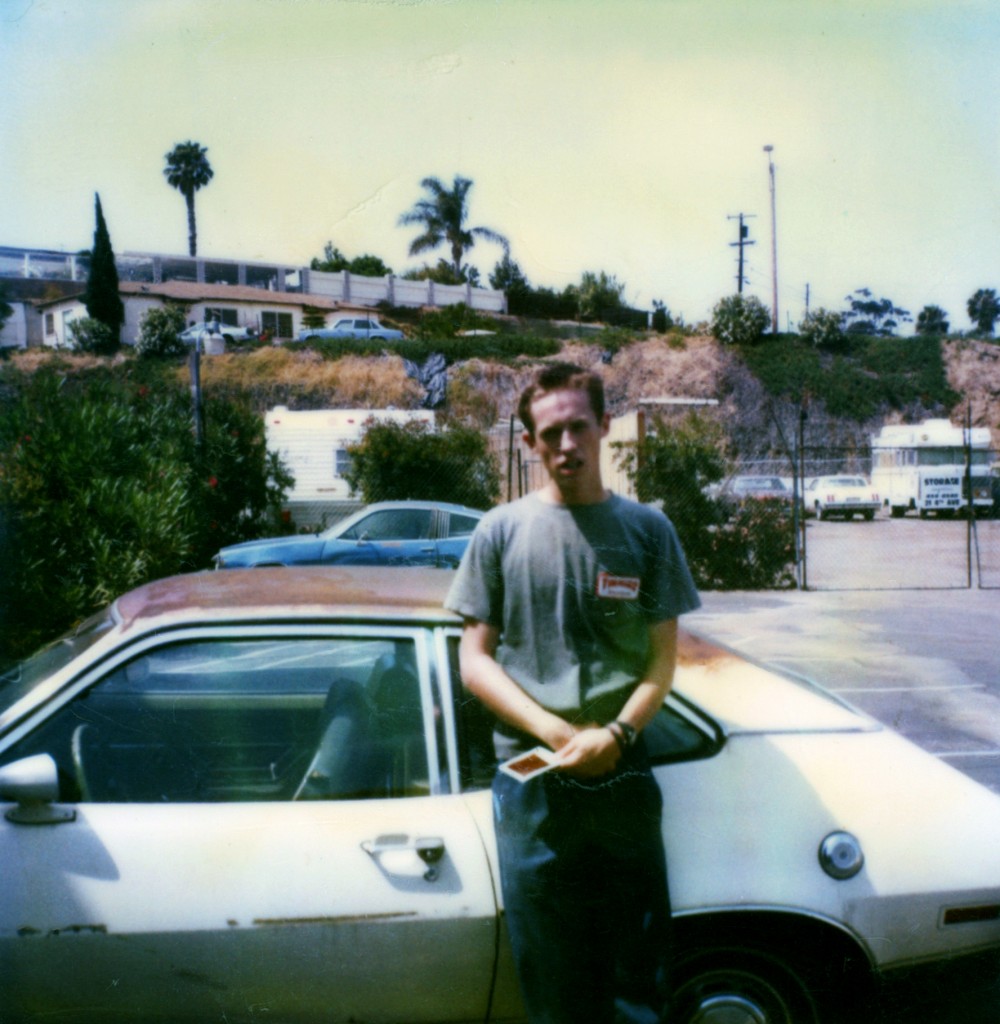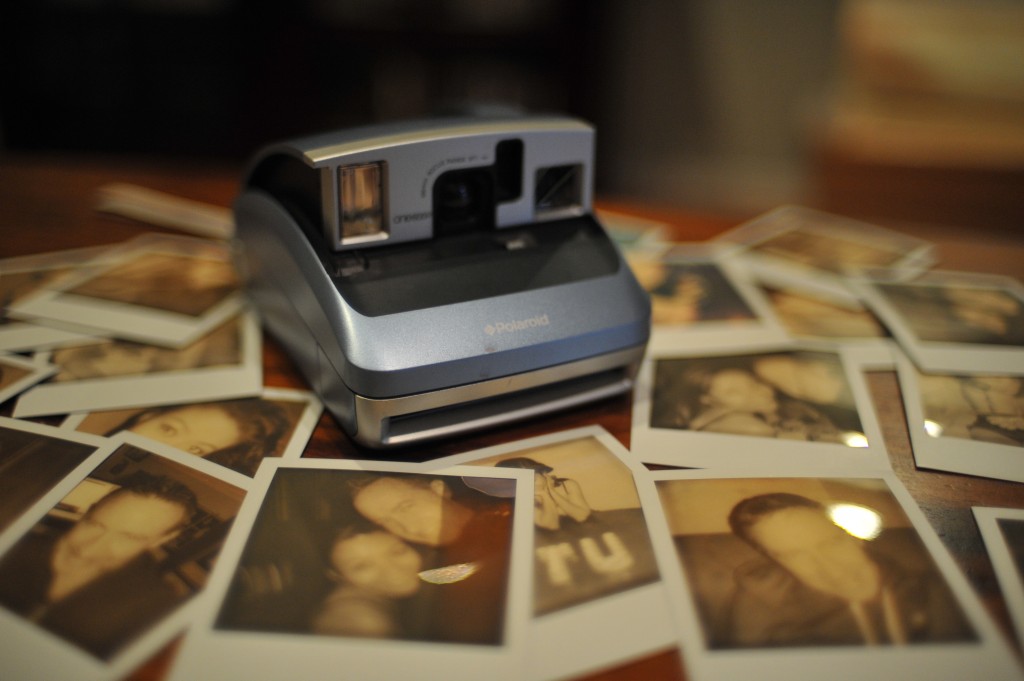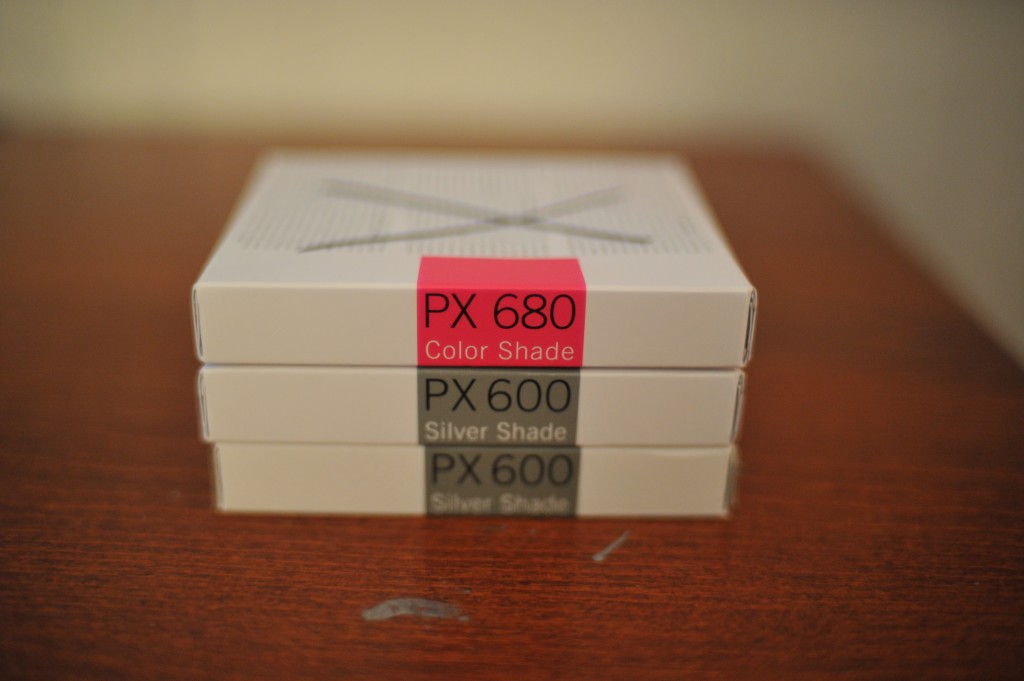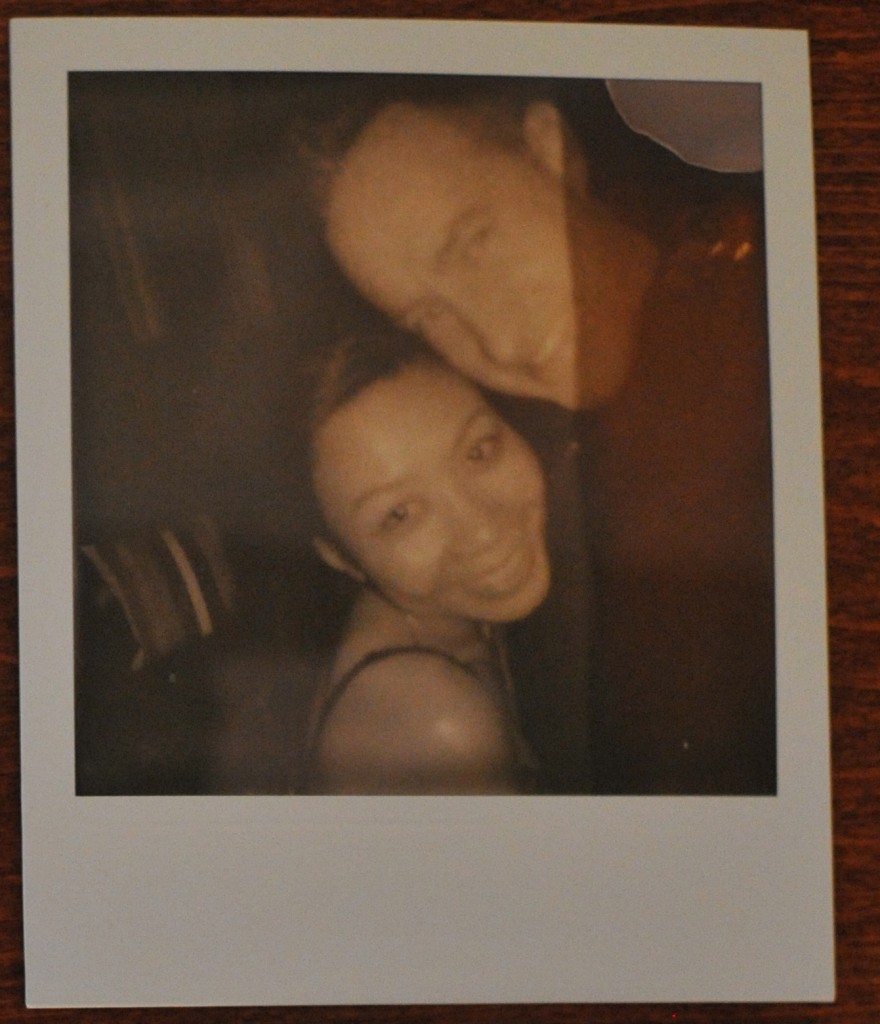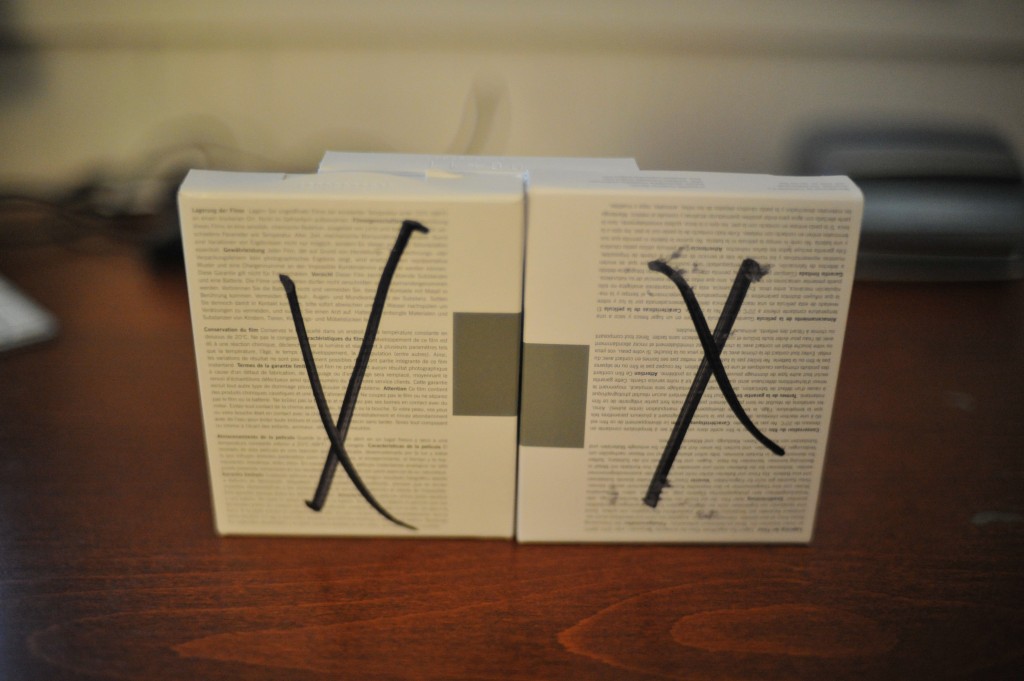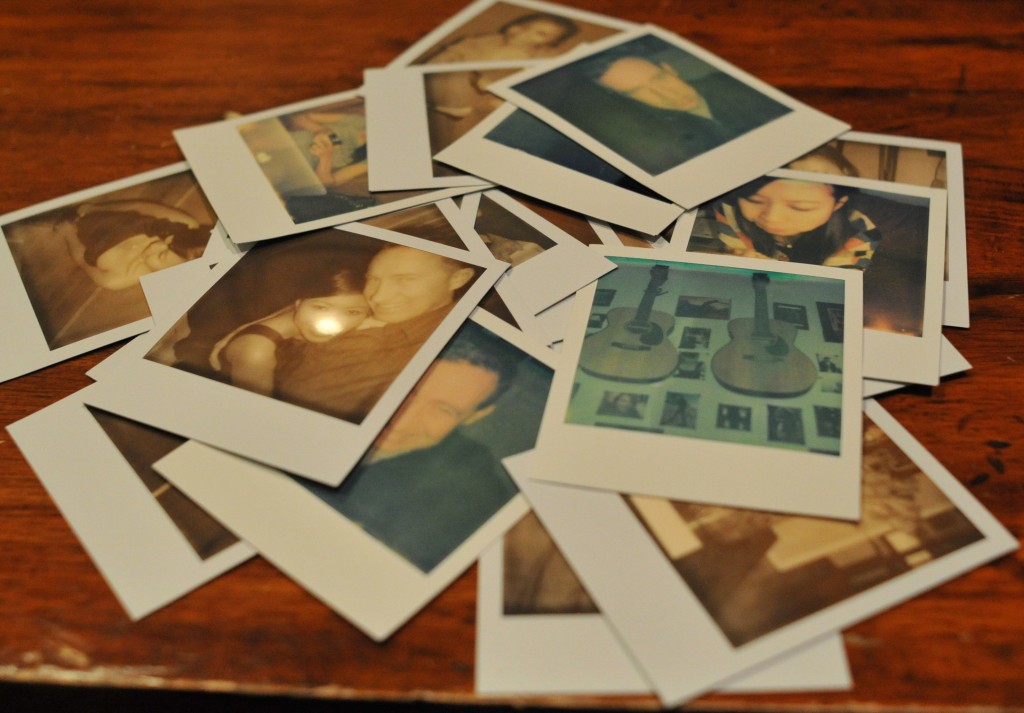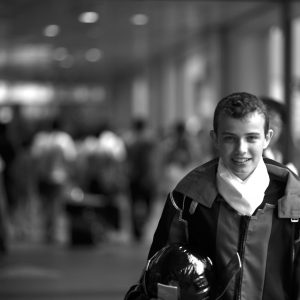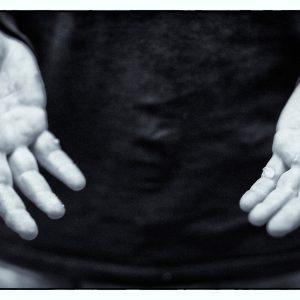The Polaroid Project
In about 1963 Polaroid launched a new type of camera that went on to become one of the most popular types of photography during the 1970’s and early 1980’s – instant photography. By creating self developing film that didn’t require photographers to take their pictures into labs to be printed they created the first camera’s that were easy to use and provided instant feedback. In the early 60’s this was a revolution in photography and one that changed photography forever.
By 2008, unfortunately Polaroid announced that they were soon to become defunct and would shut down three of their factories and lay off the last 450 workers in the company. In 2009, one year later they announced that they would be bringing back some limited production of their classic film cameras however Fuji Film remains the only real large provider of instant film left in the US.
Even though Fuji is the largest – another company called the “Impossible Film Project” sprouted up after the closure of the Polaroid Plant in 2008 with the idea of creating instant film for classic Polaroid cameras. The idea was that there was such a large base of photographers that would still want to experience the instant camera and they would need film for their Polaroid cameras. Well I was intrigued by the idea and so last year, I decided to give instant film a chance.
My first step was to go on Ebay and attempt to find a good but inexpensive Polaroid camera that would be good enough to take interesting pictures but not too expensive that it would become costly.
Edwin Land – The Inventor of Polaroid and one of Steve Jobs Heros
I became intrigued with Polaroid photography while going through my old family photos. While we didn’t take a lot of Polaroid pictures because they were expensive, we did have some tucked away in boxes that I found and scanned in my archiving project earlier this year. Something about Polaroid pictures reminded me of being young and the excitement of seeing a picture develop before your eyes. When you took the picture out of the camera it was just blend of dark colors, but slowly the image would come into view as it developed. Sometimes they were great – and other times- maybe not. The pictures were never perfect but there was something about the experience of getting your pictures instantly which was very rewarding. My parents were insurance agents and they relied on the old One 600 in their office to take pictures of the cars that they insured for companies. Without a Polaroid that would have been impossible to do.
My brother Danny circa 1984 in Chula Vista standing in front of an old Pinto holding a Polaroid picture just taken.
I found my camera which I bought for about $40. It was the hugely popular One600 which was one of the last of the cameras released by Edwin Land who worked for the company between 1947 and 1983. He was generally considered the primary inventor of instant film and so this was his final and one of his most popular cameras. Edwin Land was actually one of Steve Job’s biggest hero’s for bringing the revolutionary camera and technology to market. The camera I bought had a sleek blue design, a built in flash and had a space age look to it. A pretty good deal for $40 I must say.
After I received my camera, I needed film. It was then that I realized instant cameras would be very pricey. The film was super expensive. The Impossible Project was the place that I decided I would go to get my film. I tried to buy some old Polaroid Film but the film was super expensive on Ebay and since most of it was aging terribly I felt it would be unreliable. The Impossible Project http://www.the-impossible-project.com/, had a pretty big inventory of both color and black and white film with various sensitivity ranges and color schemes. I decided to primarily shoot in black and white since that seemed to be the safest way to photograph with a camera that I had little experience using. The Impossible Project had some highly rated film that was called Silver Shade. The only issue was that each pack of about 8 exposures ran about $22. So each click of the shutter cost a bit over $2.50. I bought about 4 packs as well as some color shade film determined to try out my new camera and the film. I was mostly interested in experiencing how it might have been to photograph when each click of the shutter mattered financially.
I started shooting at home with the Polaroid at first. I wanted to test it in safe conditions. As soon as I took a shot, I would quickly extract the film, shake the picture and bring it into a dark place and turn it upside down as they instructed. While I was waiting it was always a little exciting to wonder what my creations had looked like.
At first I was disappointed. Most of my shots had this ugly dark underexposed line running right down the middle of the picture. I was upset and wondered if I had purchased a bad camera. Then after awhile I took a few shots that actually turned out pretty clear and looked pretty nice actually. After rolling through the 4 boxes of film at a cost of about $100 after shipping, I had mixed feelings about the project. Sure I had some slightly interesting instant images but I also had to throw away about half of the pictures that I took because they really didn’t even appear keepable. I could not tell if the underexposed lines and blotches on my pictures were a product of the poor camera or poor quality of the film in general. The end result however was that I felt that I could not completely rely on instant cameras as a way to take nice pictures.
About 4 months later after having pretty much given up on the instant camera, I got an email from The Impossible Project saying that they had a clearance on lots of color shade and silver shade film. I guess it was aging. I decided to buy another 6 boxes of the film at a discount. It cost me about another $100 to get the film. The boxes arrived with a big X on them – I believe that was probably to prevent me from returning them and asking for a refund. As they had indicated the film was aging and might not be completely reliable but that is why they were offering a 20% discount on the price of the film. I was determined to make another go of it with this film.
I took three of the boxes out and used them the same weekend. I tried them at various events that we were going to see if I could take some good pictures. I found myself even more disappointed this go around then I was the first. Now the Impossible Project warned me before I made the purchase that the film might be unreliable but it turned out that it was an understatement. Almost every picture I took was un-useable. Nothing was turning out. After 24 exposures, I only was able to keep one of the pictures and it was not even something I was that happy with. I was disappointed with another lackluster result.
While researching Polaroid Cameras to see if I could be doing something better, I came across a interesting and intriguing alternative to Polaroid – it’s called Poladroid and it can take your digital images and turn them into Polaroid images instantly. http://www.poladroid.net/. The application is quite similar to instagram but something that you can download right to your computer. You can drag any image into the Poladroid and it will make it look like you took the picture on a Polaroid. I downloaded and tested the software and simulates the Polaroid experience quite well actually. When you drag an image onto the camera – it clicks the image out just like a real Polaroid camera and you need to wait 3 minutes or so while the image slowly develops before your eyes. You can even shake the image to make it develop faster – just like you do with a real Polaroid picture. And to top it all off, you can import the images into Photoshop and even do more cool effects on them through some simple post processing. I put some sample images that I took here. While the images were nice – it did feel a little like cheating, and it definitely is not the real Polaroid experience.
 The Poladroid pictures turned out pretty nice and I liked the Vignetting and coloration that they adjusted the pictures with. They look pretty authentic.
The Poladroid pictures turned out pretty nice and I liked the Vignetting and coloration that they adjusted the pictures with. They look pretty authentic.
I can’t help but feel that part of the problem was the camera that I was using and maybe not completely on the film. I could have purchased a newer camera and probably got more reliable Fuji Film from CVS or something like that but I really wanted that 1970 retro Polaroid experience that I remember my parents and their friends having when they took pictures. I guess in the end it was a great project and I can’t say I am not completely bummed with the result. I mean in all I ended up with a pretty cool camera that everyone wants to try out when I take it somewhere. I got a handful of some pretty nice pictures that I stick up in my studio and I learned a lot about Polaroid – the good and the bad. I am keeping my Polaroid Camera – I might upgrade actually and get something that allows me to control the light a bit more so I get a better result with the Impossible Project Film – but I am a believer in Polaroid – definitely.

